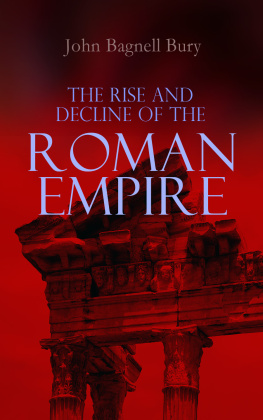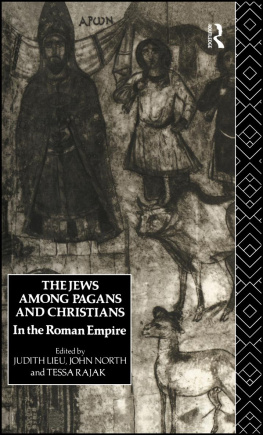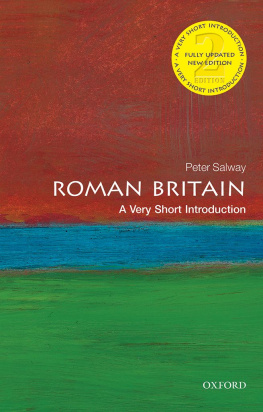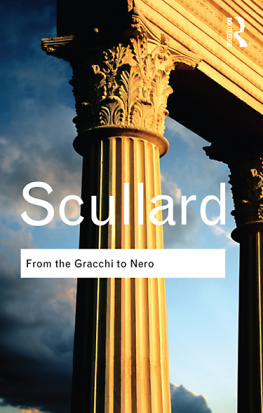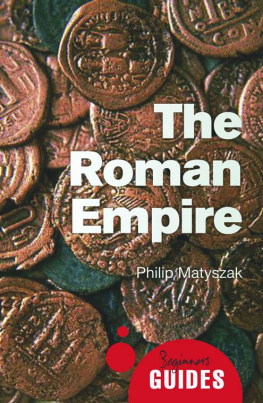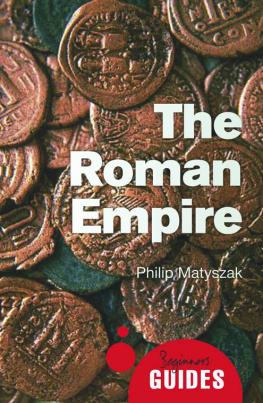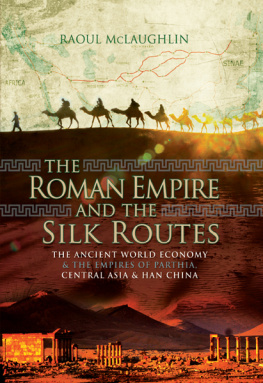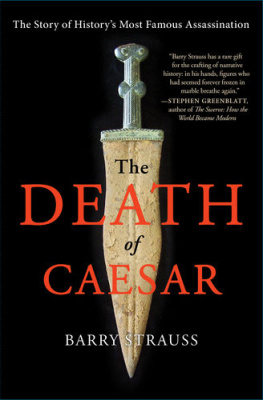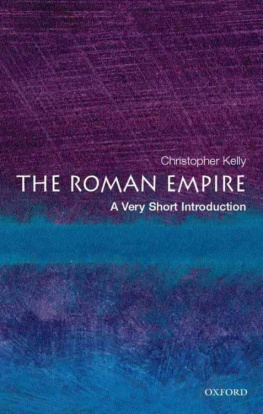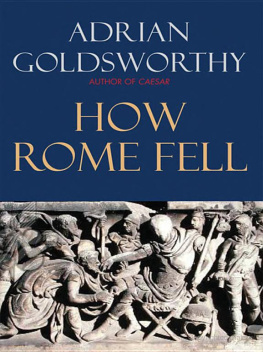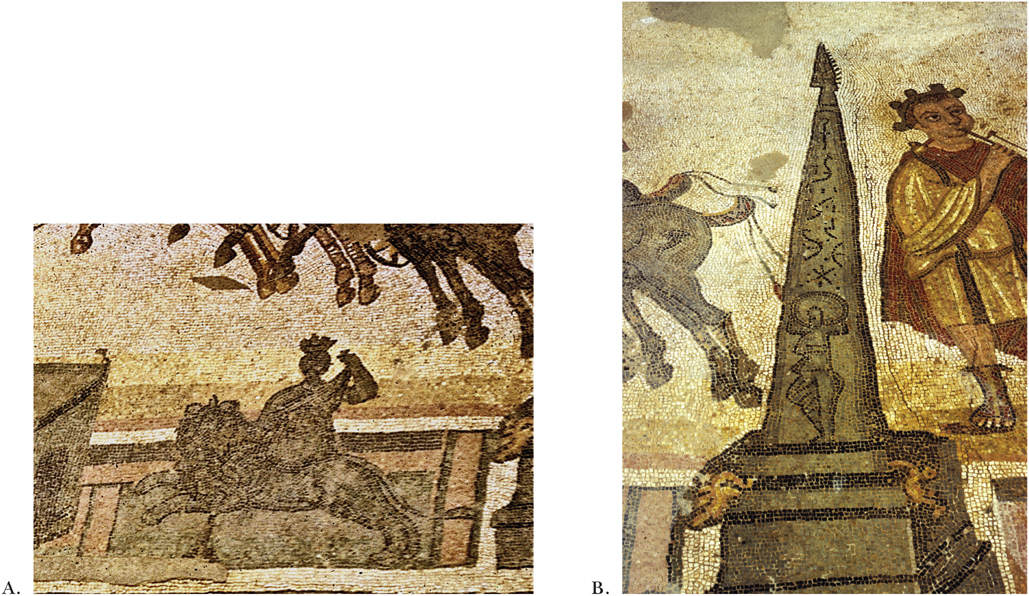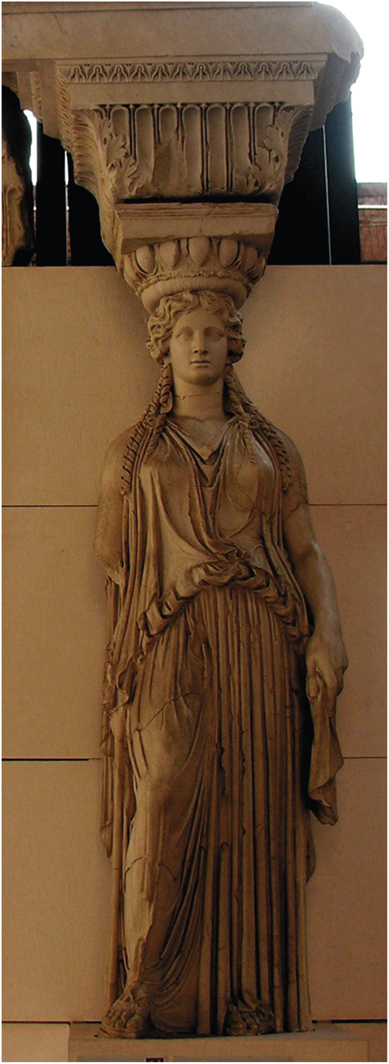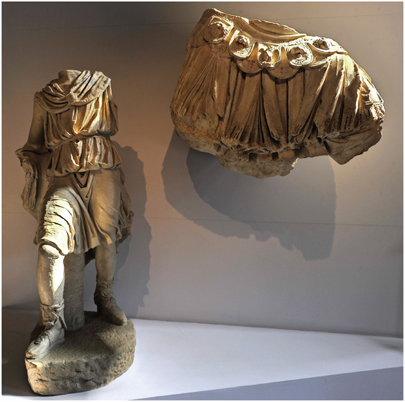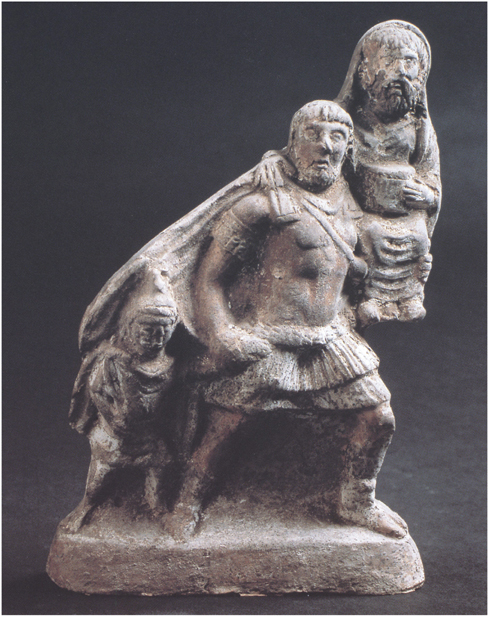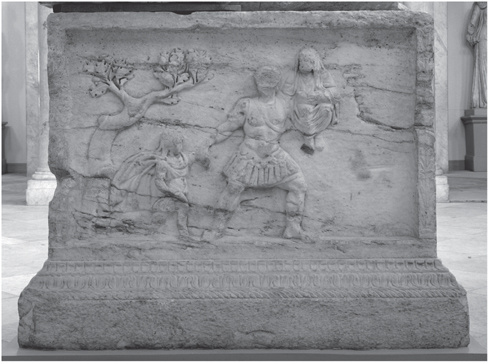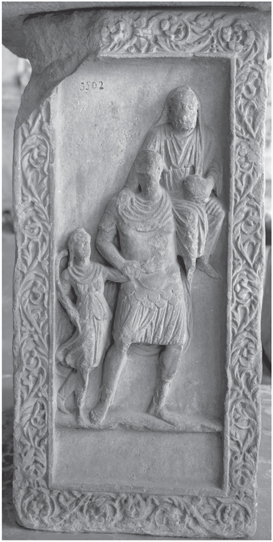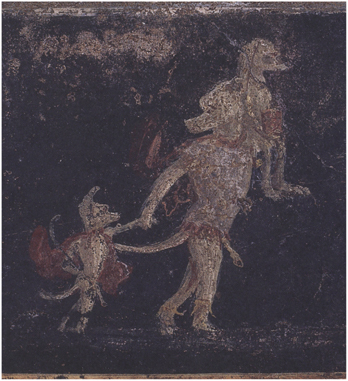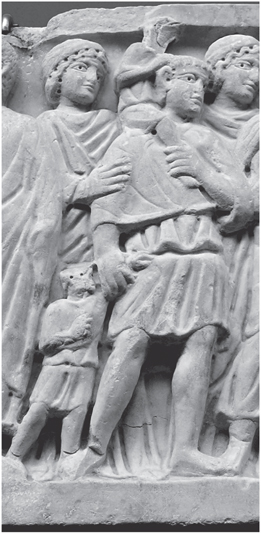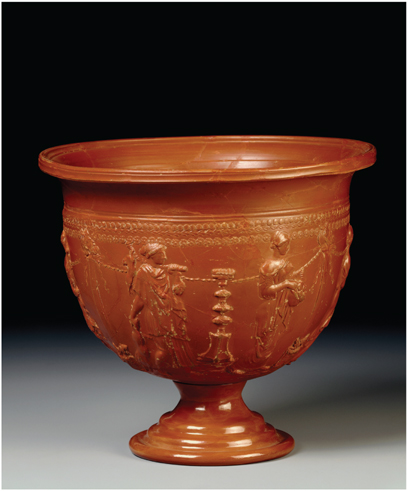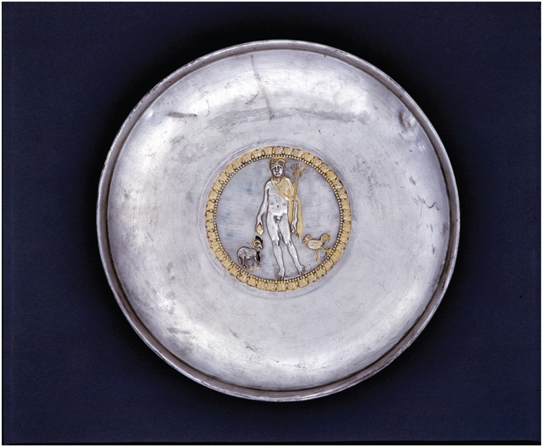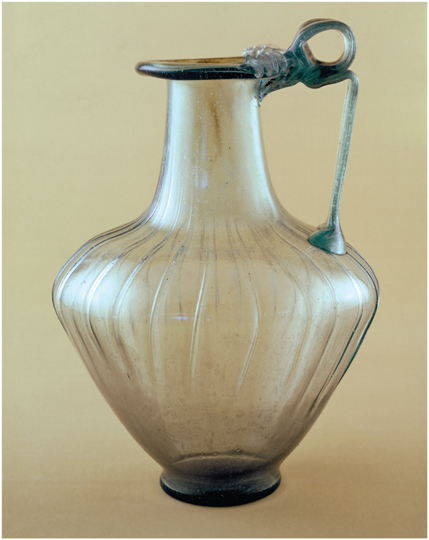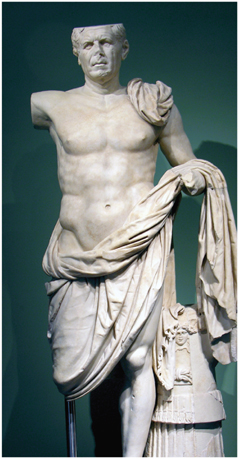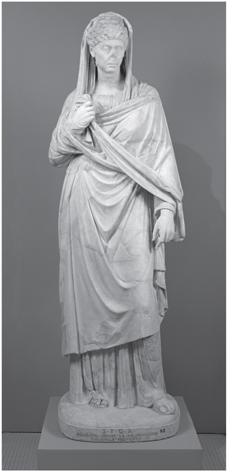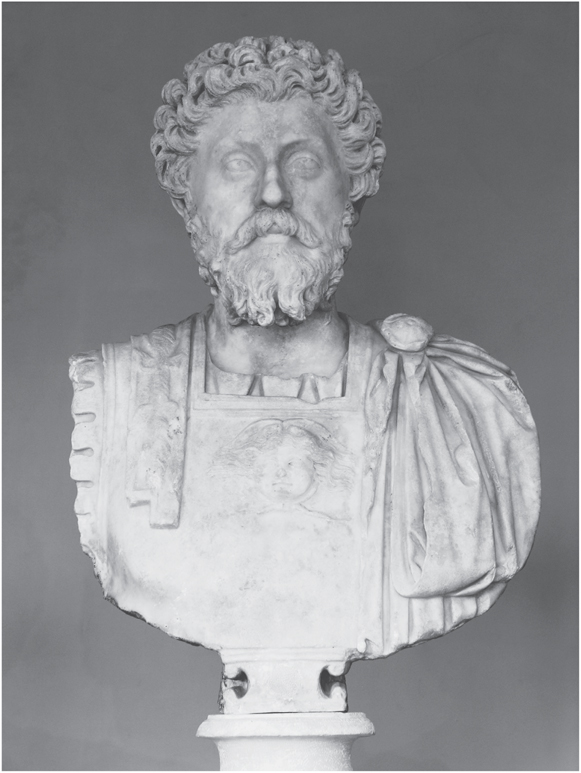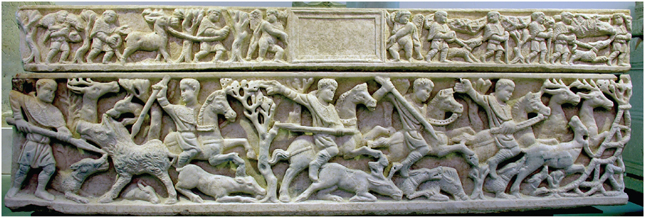Peter Garnsey - The Roman empire : economy, society and culture
Here you can read online Peter Garnsey - The Roman empire : economy, society and culture full text of the book (entire story) in english for free. Download pdf and epub, get meaning, cover and reviews about this ebook. City: Berkeley, Rome, Rome (Empire), year: 2015, publisher: University of California Press, genre: Romance novel. Description of the work, (preface) as well as reviews are available. Best literature library LitArk.com created for fans of good reading and offers a wide selection of genres:
Romance novel
Science fiction
Adventure
Detective
Science
History
Home and family
Prose
Art
Politics
Computer
Non-fiction
Religion
Business
Children
Humor
Choose a favorite category and find really read worthwhile books. Enjoy immersion in the world of imagination, feel the emotions of the characters or learn something new for yourself, make an fascinating discovery.
- Book:The Roman empire : economy, society and culture
- Author:
- Publisher:University of California Press
- Genre:
- Year:2015
- City:Berkeley, Rome, Rome (Empire)
- Rating:3 / 5
- Favourites:Add to favourites
- Your mark:
The Roman empire : economy, society and culture: summary, description and annotation
We offer to read an annotation, description, summary or preface (depends on what the author of the book "The Roman empire : economy, society and culture" wrote himself). If you haven't found the necessary information about the book — write in the comments, we will try to find it.
These are some of the many questions posed here, in the new, expanded edition of Garnsey and Sallers pathbreaking account of the economy, society, and culture of the Roman Empire. This second edition includes a new introduction that explores the consequences for government and the governing classes of the replacement of the Republic by the rule of emperors. Addenda to the original chapters offer up-to-date discussions of issues and point to new evidence and approaches that have enlivened the study of Roman history in recent decades. A completely new chapter assesses how far Romes subjects resisted her hegemony. The bibliography has also been thoroughly updated, and a new color plate section has been added.
Peter Garnsey: author's other books
Who wrote The Roman empire : economy, society and culture? Find out the surname, the name of the author of the book and a list of all author's works by series.


